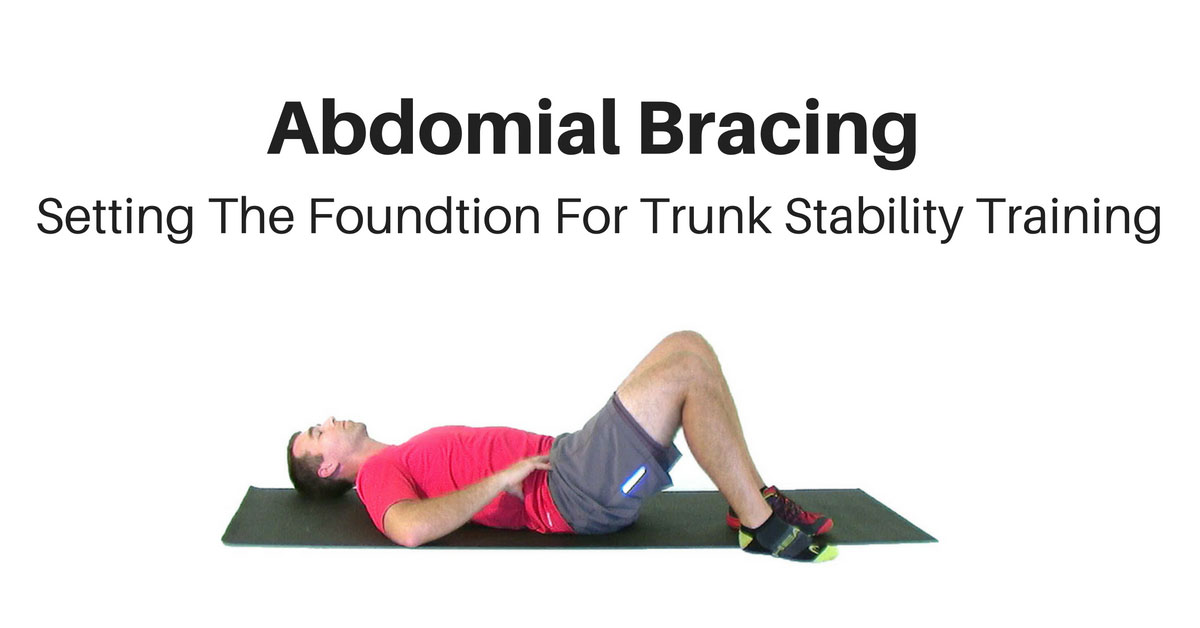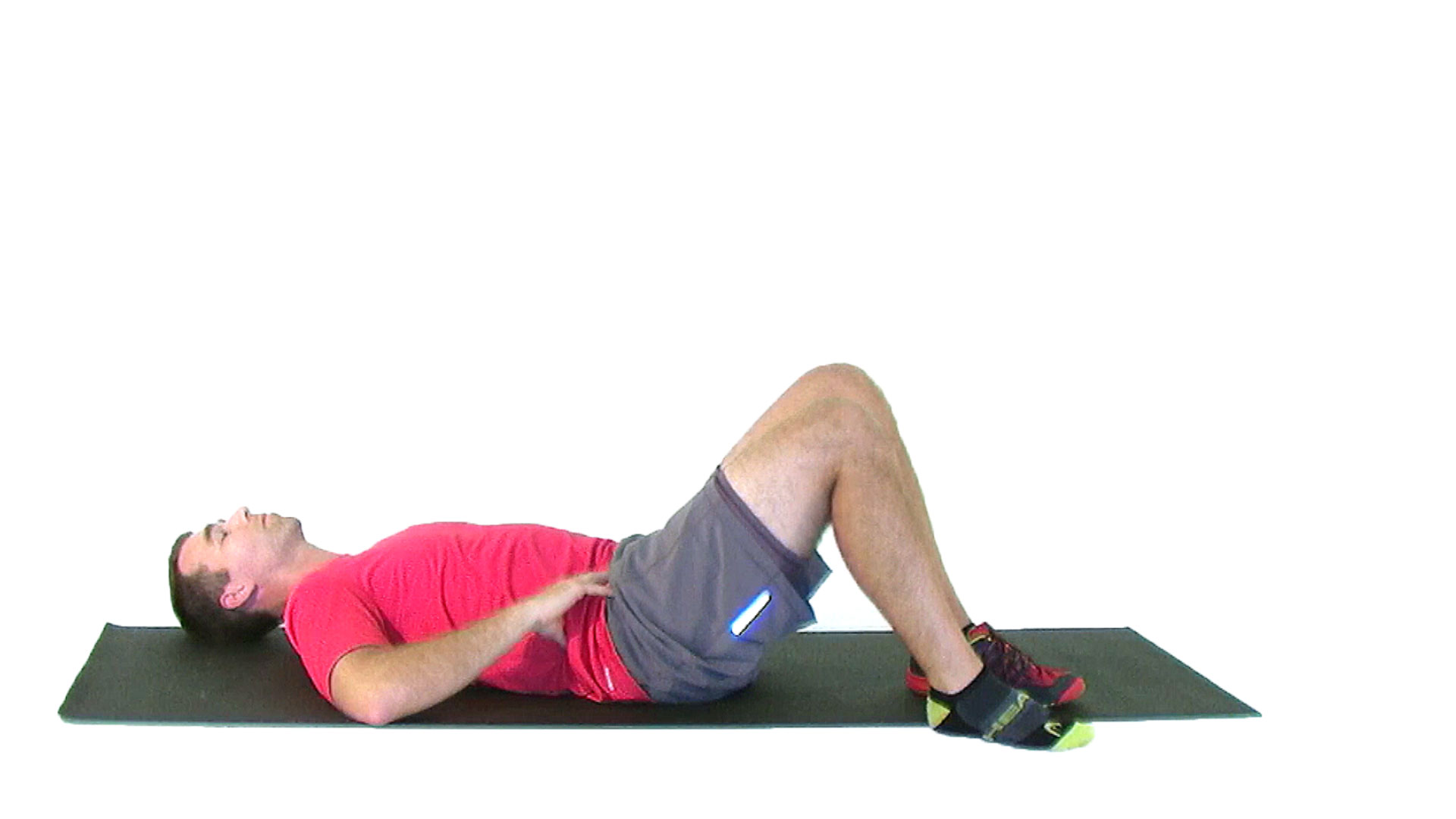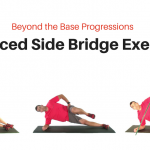 Lumbar stability is a critical goal when treating low back pain. And if our objective is to stabilize the spine during real life activities it is paramount that we train this stability within our rehabilitation programs.
Lumbar stability is a critical goal when treating low back pain. And if our objective is to stabilize the spine during real life activities it is paramount that we train this stability within our rehabilitation programs.
If we want to get this right the first thing we need to train is the ability to properly activate the lumbar stabilizers. An awareness of how to generate and control this stabilizing contraction is the foundation of stability training. It is the thread that holds each successive stage of the rehab progression together.
But this first critical step is often neglected. When this happens care suffers and the rehab plan stands on shaky ground. This is a major problem.
We don’t want this to happen. So lets let’s take a look at how tackle this first critical step.
Creating the Foundation with Abdominal Bracing
Stability is a joint’s capacity to maintain proper alignment under load and/or during movement. It is a joint’s ability to resist internal and external forces. For the lumbar spine this is related to how effectively the abdominal muscles are able to create and maintain an isometric contraction. It is this isometric contraction that creates resistance to movement.
So the first thing we need to teach our patients is how to properly activate and and maintain a proper abdominal contraction.
The most effective way to do this is to simply teach them how to perform an isometric contraction of the abdominal muscles. McGill refers to this as an abdominal brace (1). This brace will co-activate the transverse abdominis with the internal and external obliques to increase stiffness and stability throughout the lumbar spine (2).
The Importance of Respiration
But remember, it’s not just about being able to contract the abdominal muscles. You also need to be able to maintain the contraction during activities.
Later stages of the rehab plan will focus on holding the abdominal brace with more complex and functional movements (i.e., progressing from isolation to integration). The goal in this initial stage is to teach control of the abdominal brace in conjunction with respiration.
You see, it’s common for back pain patients to be unable to hold an abdominal brace while breathing. The contraction is often lost as they inhale. This is a problem. Abdominal control needs to be independent of respiration. Otherwise the spine will become unstable and more susceptible to injury with every breath.
So as the patient gets the feel for how to active the abdominal muscles, they also need to work on maintaining the contraction as they breathe.
Here’s how to perform the basic abdominal brace:
- Begin on your back in a relaxed neutral spine position
- Gently contract your abdominal muscles. It is often helpful to imagine you are about to be hit in the stomach and you need to tense your abdominal muscles for protection
- Now try to hold the abdominal contraction as you breathe in and out
- Note: It can be helpful in the initial stages to lightly squeeze or press into your abdominal muscles with your hands to feel the muscle contraction. The contraction / stiffness of the abdominal muscles should remain steady with each breath
- Repeat this process for a few minutes several times per day

Think Ahead to the Next Rehab Phase
Learning the abdominal brace is usually easiest in a supine position. But that does not mean it needs to be done exclusively from a supine position. Subsequent exercises will be done in seated, quadruped, and standing postures.
So think ahead to these next phases. By incorporating these postures into the initial abdominal bracing sequence will make the transition to these subsequent exercises smoother.
References
- McGill, S. Low Back Disorders: Evidence Based Prevention and Rehabilitation. 2002. Human Kinetics Publishers.
- Juker, D. et al. Quantitative intramuscular myoelectric activity of lumbar portions of psoas and the abdominal wall during a wide variety of tasks. Medicine and Science in Sports and Exercise, 30 (2): 301-310.








